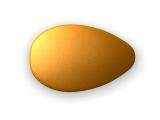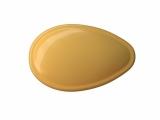no appointment needed
get your prescription online now

Secure and Reliable
High quality
drugs Worldwide shipping Bonuses and Discounts Money back Guarantee Save 10% just for using crypto
drugs Worldwide shipping Bonuses and Discounts Money back Guarantee Save 10% just for using crypto
Our bestsellers

Allergy
Allergies are a common cause of illness and can surprisingly occur at any stage in life. Take control of your life!

Antibiotics
Antibiotics are a common medication that doctors prescribe to fight bacteria and treat infections. They’re also called antibacterial. Antibiotics fight bacterial infections either by killing bacteria or slowing and suspending their growth

Blood Pressure
High blood pressure can lead to a lot of health problems. Treating high blood pressure is important to increase the quality of your life. Different medications can help treat high blood pressure, they are called antihypertensives

Erectile Dysfunction
Enhance your sexual performance today!
Improve your sexual health not only boost your self-confident and positive mindset, but also rise your desire to enjoy life with your partner again!
Bestsellers
- Bestsellers
- COVID-19
- Allergy
- Anti Viral
- Anti-Depressants
- Antibacterial
- Antibiotics
- Arthritis
- Asthma
- Birth Control
- Cancer
- Blood Pressure
- Cholesterol
- Cardiovascular
- Diabetes
- Diuretics
- Erectile Dysfunction
- Eye Drop
- Gastro Health
- Hair Loss
- General Health
- Hepatitis C Virus (HCV)
- Herbals
- Hormones
- HIV
- Men's ED Packs
- Men's Health
- Mental Illness
- Motion Sickness
- Muscle Relaxant
- Pain Relief
- Quit Smoking
- Skin Care
- Women's Health
- Weight Loss

reliable partner in pharmacy shopping
Our Android and iOS Apps are an easy and simple way to have all important information in hand! Tracking, shopping and being in touch with us in need.
































